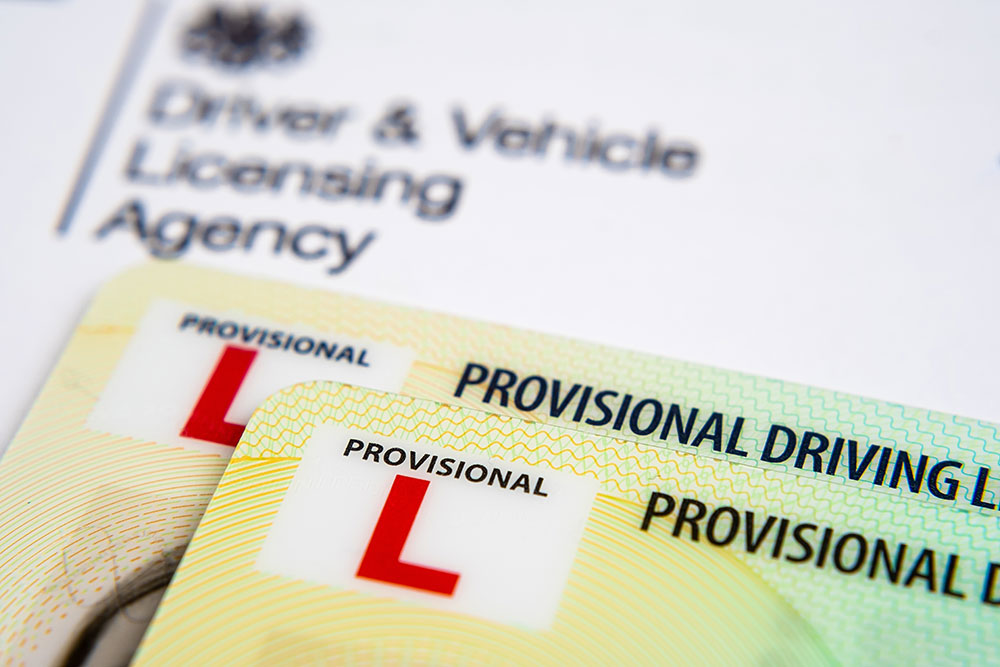
The hazard perception test is an important part of the driver licensing process in many countries. In the UK it is administered by the DVSA and is an integral part of passing your driving test. The module assesses your ability to identify and respond to potential hazards on the road.
These are some of our top tips to help you prepare for success with this tricky test:
-
Understand the test format
Familiarise yourself with the structure and requirements of the hazard perception test. Know how many clips you will be shown, the duration of each clip, and how you will be scored. Read the government guidelines online so you’re well set.
-
Study the rules of the road
Refresh your knowledge of traffic rules, signs, and signals. Understanding these rules will help you recognise potential hazards more effectively.
-
Practice situational awareness
Develop good observation skills and be aware of your surroundings while driving. Pay attention to potential hazards such as pedestrians, cyclists, other vehicles, and changing road conditions.
-
Anticipate potential hazards
Look ahead and anticipate potential hazards before they become immediate threats. This includes identifying possible dangers like a car suddenly pulling out in front of you or a pedestrian waiting to cross the road.
-
Use the two-second rule
Maintain a safe following distance from the vehicle in front of you by applying the two-second rule. This means keeping at least two seconds of space between your vehicle and the one ahead, which will give you more time to react to sudden changes.
-
Scan your environment
Continuously scan the road, checking your mirrors and blind spots regularly. Keep an eye out for any potential hazards, including vehicles merging, pedestrians crossing, or road obstructions.
-
Be mindful of road conditions
Hazards can be influenced by weather conditions or the state of the road. Adjust your driving style, accordingly, considering factors like rain, snow, ice, or uneven surfaces.
-
Practice hazard perception mock tests
Many online resources provide hazard perception mock tests that simulate the real exam. These tests can help you become familiar with the format and train your hazard perception skills.
-
Use peripheral vision
Train yourself to use your peripheral vision effectively. Spotting hazards on the periphery can give you extra time to react and respond appropriately.
-
Stay calm
During the test, try to stay focused. Avoid getting flustered or panicking when you spot a hazard. Maintain a steady approach and respond promptly but safely.
Remember, the hazard perception test assesses your ability to identify potential hazards and react accordingly. By practicing and developing your observation skills, situational awareness, and knowledge of road rules, you can greatly improve your performance in the test. If you have any worries or questions about the test do please speak to your instructor. They will be pleased to help.

